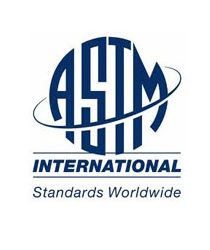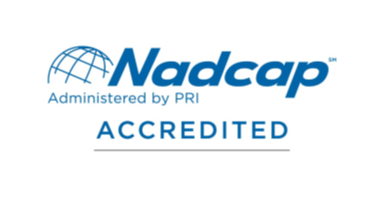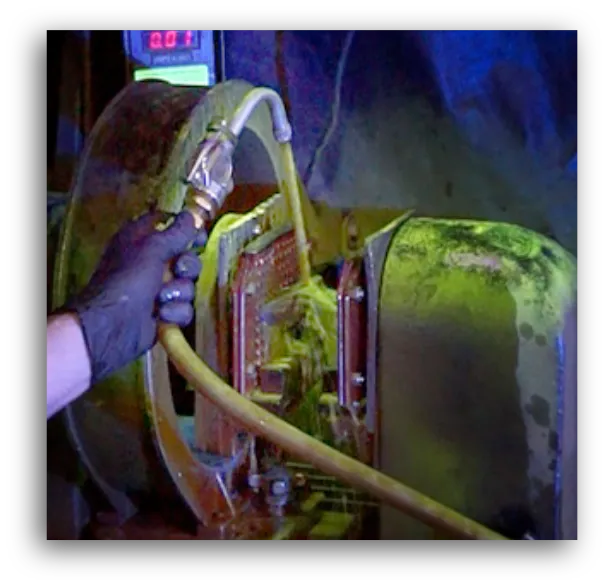Magnetic Particle Testing
What is Magnetic Particle Testing?
Magnetic Particle Testing (MPT), or Magnetic Particle Inspection (MPI), is a non-destructive testing method used to detect surface and subsurface discontinuities in ferromagnetic materials, including iron, nickel, cobalt, and alloys made from these materials. This technique involves passing a high-amperage, low-voltage current through the part to establish a magnetic field. Discontinuities such as cracks and defects with different magnetic properties than the surrounding material cause distortion by interrupting the magnetic field, indicating the shape and position of the flaw. You can also visit our comprehensive MPI guide for more information on Magnetic Particle Inspections.
Why Use Magnetic Testing for Non Destructive Testing?
MPI is a reliable and efficient method for detecting a range of discontinuities, including cracks, porosity, and inclusions. It is also a relatively cost-effective metal testing method, making it a preferred inspection choice for products in many industries, including automotive parts, machinery, aircraft components, steel and iron casting, and more.
What is the Magnetic Particle Inspection Process?
The MPI testing process includes five primary steps: pre-cleaning, magnetization, application of magnetic particles, inspection/interpretation, and post-cleaning.
1. Pre-Cleaning
The surface of the test material is cleaned and dried to remove any oil, grease, dirt, or other contaminants that may interfere with the testing process.
2. Magnetization
A strong magnetic field is applied to the test material by passing an electric current through the material or by placing a magnetic yoke on the surface.
3. Application of Magnetic Particles
Magnetic particles, usually in the form of dry powder or wet suspension, are applied to the test surface while the magnetic field is still present. The magnetic particles are attracted to areas where a surface or near-surface defect causes magnetic field distortions.
4. Inspection & Interpretation
The inspector examines the surface for the accumulation of magnetic particles. The particles will form a visible indication at the location of any surface or near-surface defect. The inspector interprets the indications to determine the nature and severity of the defect. The defect's size, shape, location, and orientation can be established based on the characteristics of the indication.
5. Post-Cleaning
After the inspection, the test material is cleaned to remove the magnetic particles.
Benefits of Magnetic Particle Inspection
- Magnetic Particle Inspection is a quicker examination method than most NDT processes, including FPI and RT
- With MPI, indications are quickly visible on the surface, as opposed to RT, which takes longer to analyze the testing results
- MPI is one of the most economically friendly NDT methods
- Non-ferrous materials like aluminum, magnesium, or certain stainless steels cannot be tested with MPI
- MPI has limitations in detecting subsurface discontinuities compared to other NDT methods
- Demagnetization after inspection is often required with MPI testing
What are the Applications of Magnetic Flaw Detection?
At American Metal Testing, we offer comprehensive metal testing solutions to clients in demanding industries, including military & defense, transportation, wind energy, and more. Our testing laboratory is accredited by the National Aerospace and Defense Contractors Accreditation Program (NADCAP), qualifying us to provide non-destructive testing services to leading aerospace manufacturers.
All testing is governed by American Society for Testing and Materials (ASTM) International, Aerospace Material Specifications (AMS), American Society of Mechanical Engineers (ASME), Society of Automotive Engineers (SAE), American National Standards Institute (ANSI), American Welding Society (AWS), military (MIL) specifications or applicable customer specifications.
Contact Us to Learn More About Our Magnetic Particle Testing Services
Contact American Metal Testing to discover how our MPT services can provide non-destructive testing for your metal components. You can also request a quote for pricing information. We also offer additional methods for non-destructive metal testing, including radiographic testing and fluorescent penetrant inspection services.




